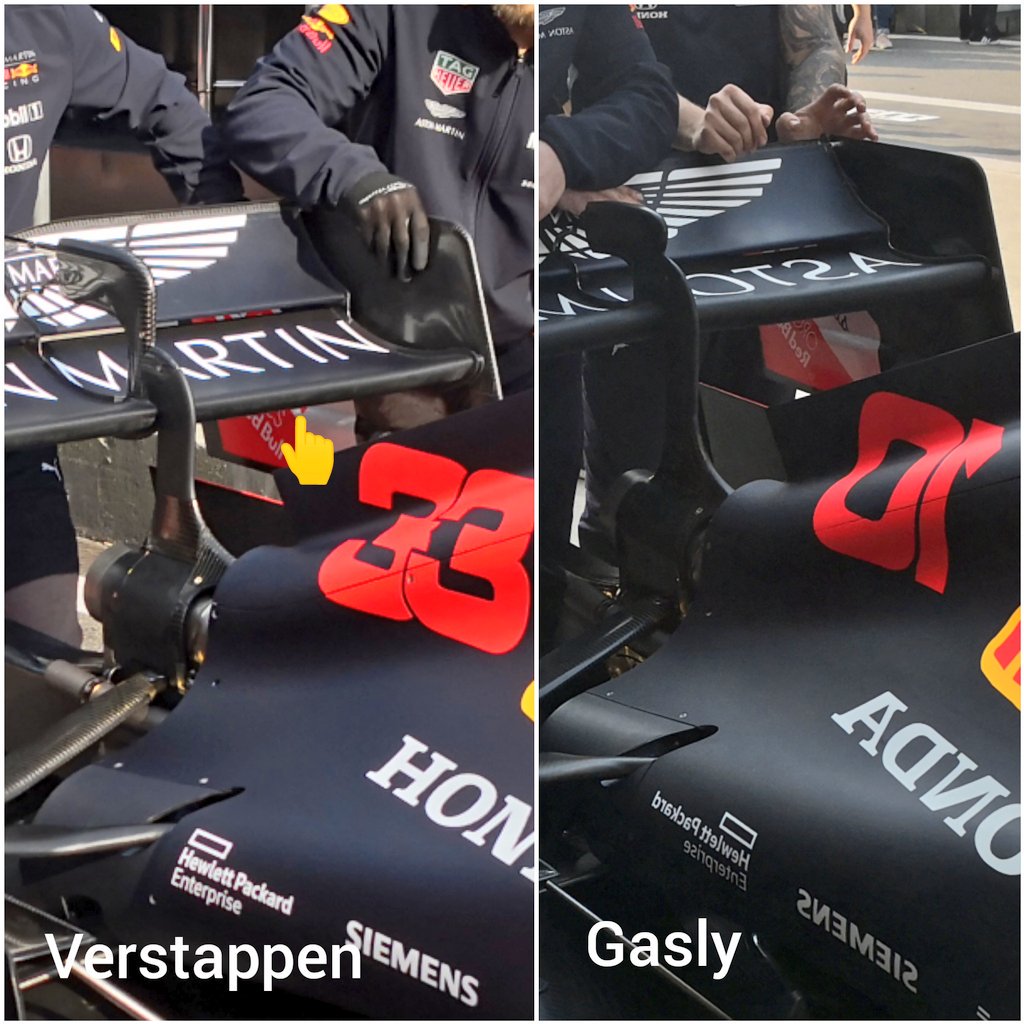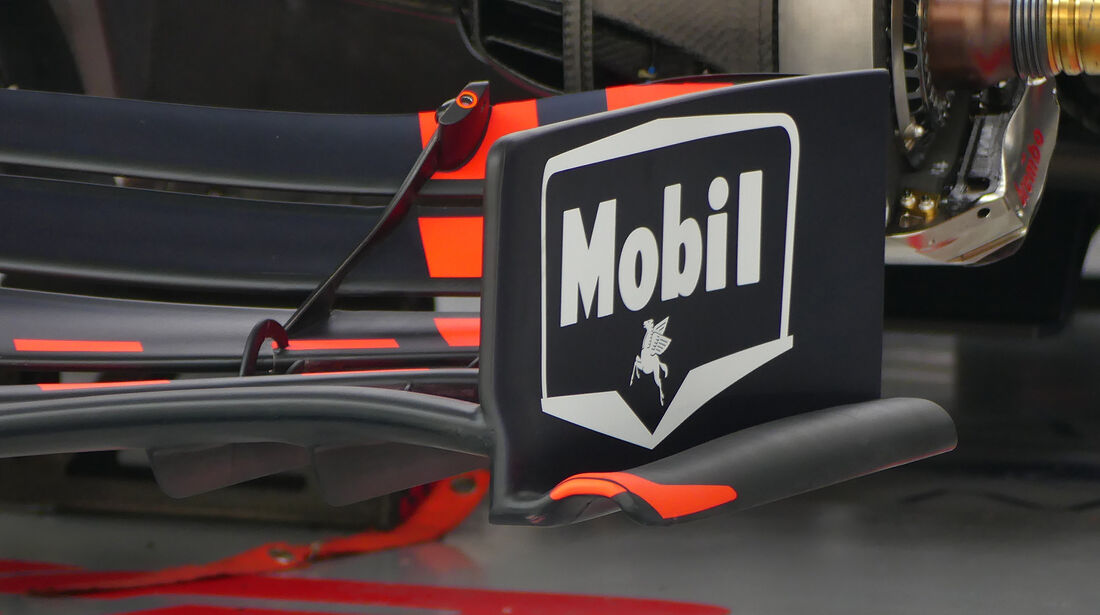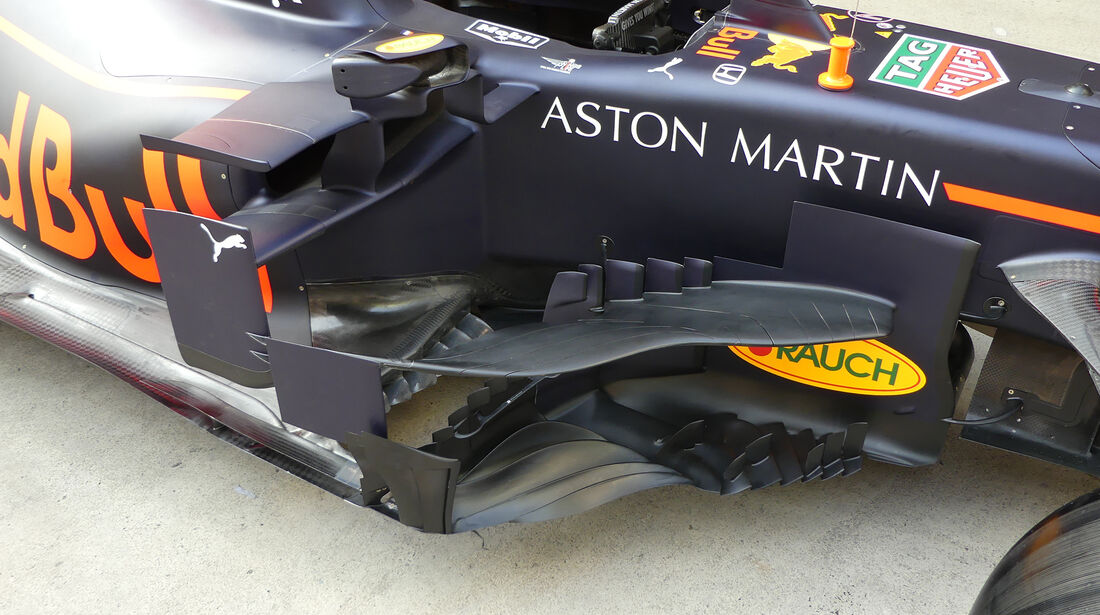Not necessarily true. You have degradation and wear as two different phenomena. More downforce will put more load into the tyre, and increase degradation of the compound as that energy is absorbed, but i believe wear is actually better with more downforce. Wear takes place at the surface and degradation throughout the carcass, correct me if i am wrong.DiogoBrand wrote: ↑10 Apr 2019, 16:26
Unless the car has a fundamental flaw, or the driver isn't very good, less downforce doesn't mean he'll spin his tyres all the time. It just means he'll have lower cornering speed and higher top speed on the straights.
And yes, different downforce levels have benefits and downsides in regard to tyre wear, it will also vary from circuit to circuit. But in Formula One I believe higher downforce creates more tyre wear.
Being able to operate the tyre in the right temperature range is the greatest factor that controls how the tread wears down and how the compound degrades. Cars with more downforce tend to have more flexibility with managing the tyre temperatures; based on balance,setup, braking, traction etc. Redbull have demonstrated this in the past two or three years with their car. Also keep in mind pirelli are design the tyres for certain downforce levels and so if this is the case, its likely that more downforce from a particular car is comfortably within the design limits of the tyre, and so in effect wouldnt lead to any adverse negatives.












